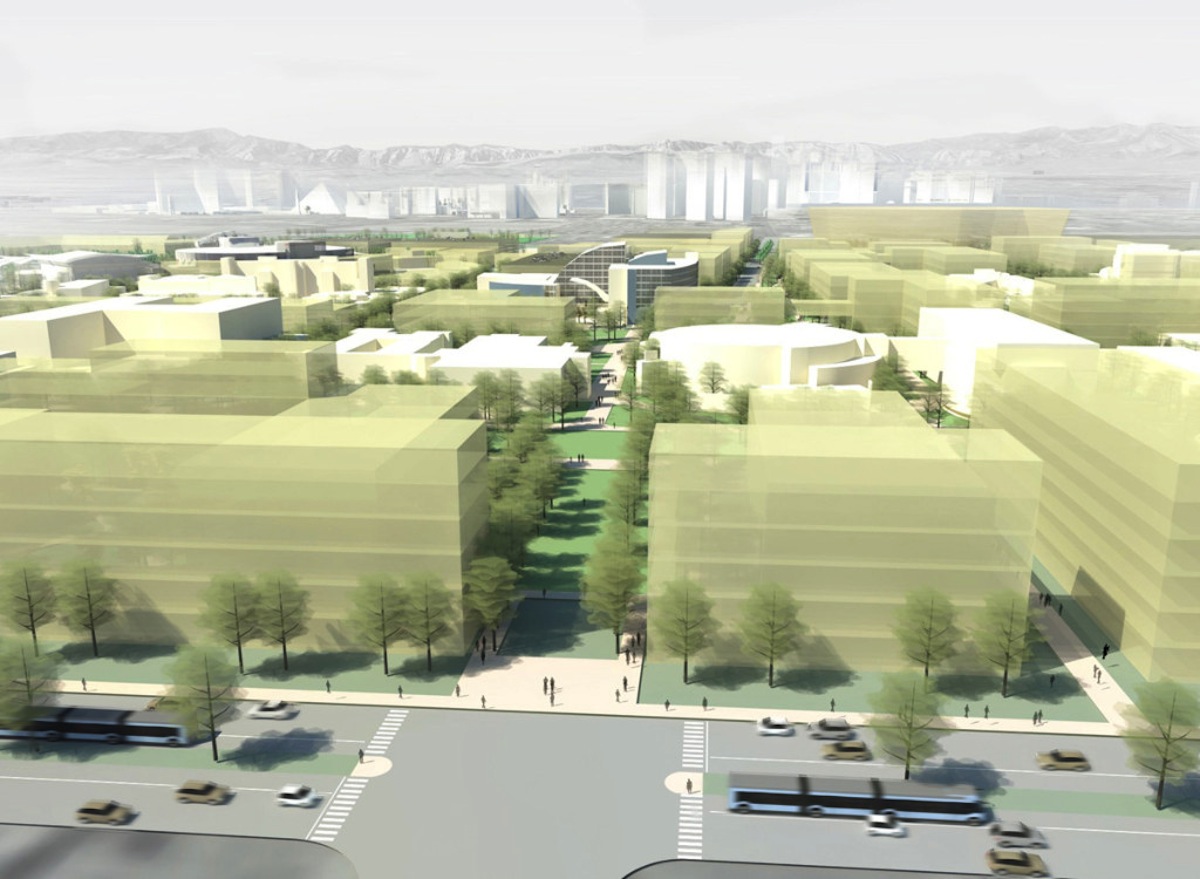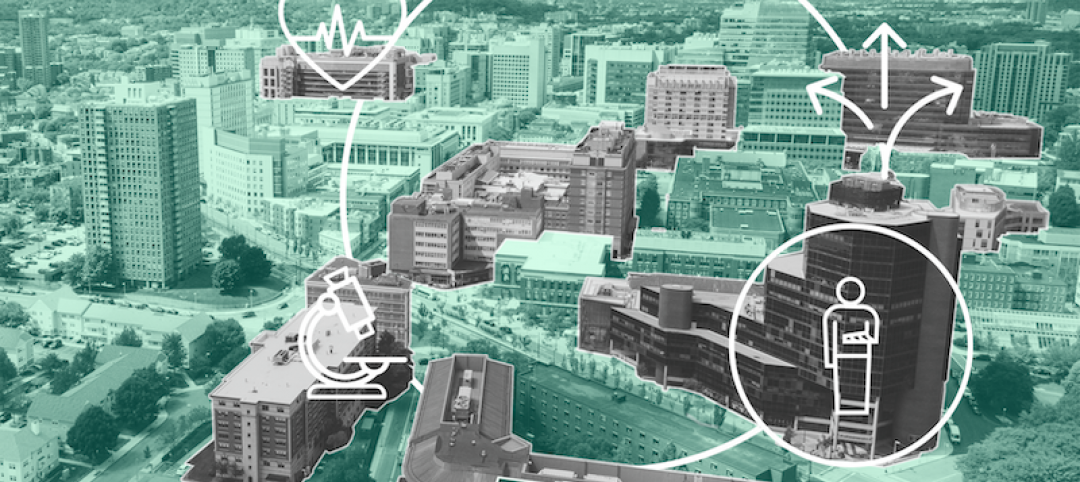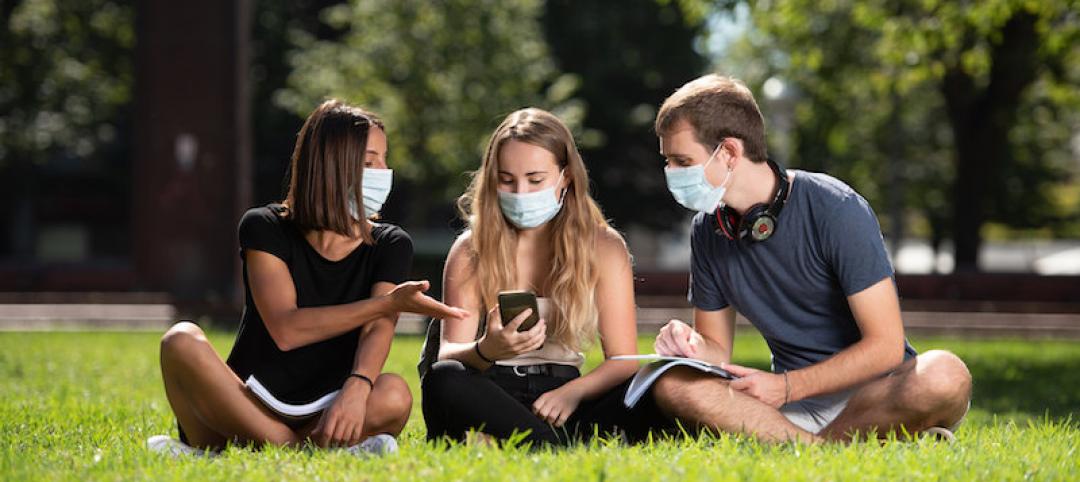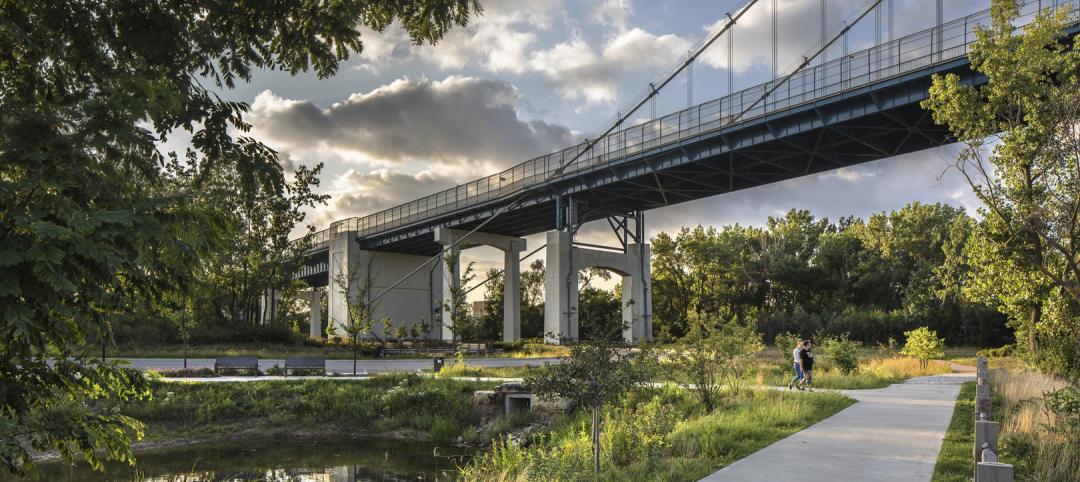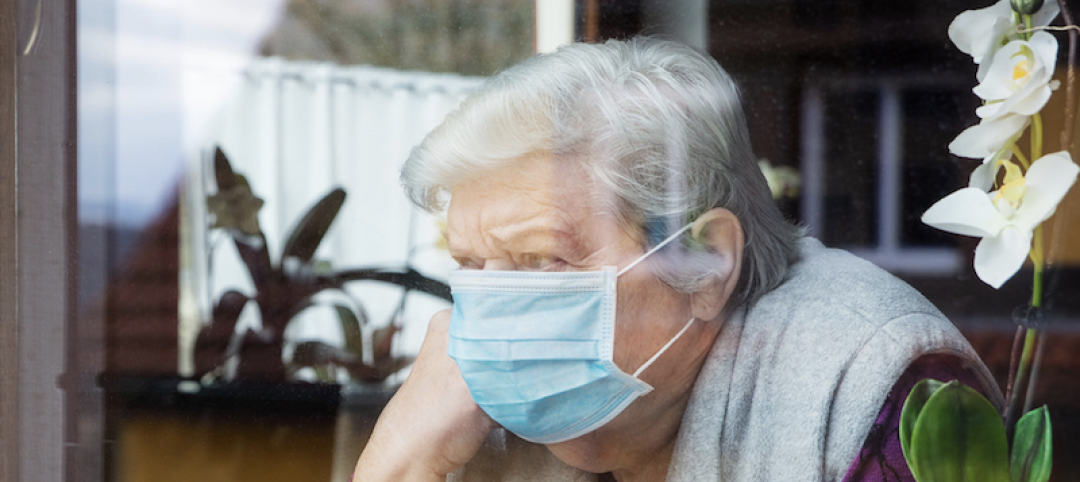I love cities. As a trained urban designer, I must admit my personal bias for the all-too-often-overused buzzwords – including walkable urbanism, multimodal transportation mixed-use, authentic placemaking, and smart growth. I also love higher education. As a campus planner, I’ve had the opportunity to work with public and private colleges and universities across the country, often located in urban areas.
I am an optimist to the core, and am inclined to believe that the future for cities in this country is bright. It is widely understood that we are currently in the midst of the largest growth of urban population in history of the world. According to the United Nations Population Fund, “in 2008, for the first time in history, more than half of the world’s population was living in towns and cities…[and] by 2030 this number will swell to almost 5 billion.”
This situation, as described by the World Health Organization, provides especially good news for the over 250 or so mid-size cities in the U.S., because “around half of all urban dwellers live in cities with between 100,000 – 500,000 people.” The U.S. urban population also increased by 12.1% from 2000 to 2010, outpacing the nation’s overall growth rate of 9.7% for the same period.
The future of higher education as we know it is not quite as bright. More pessimistic analysts believe that as many as half of the higher education institutions that exist today could cease to exist in 50 years. Despite this pending crisis, it is evident that not all colleges and universities are equally positioned for success.
From my perspective, urban institutions are better positioned to succeed in the future. According to a recent Nielsen survey, 62% of Millennials polled said they prefer to live in urban mixed-use environments. These Millennials, aged 18-36, have the power to affect cities and the colleges and universities within these urban environments.
Institutions across the country will continue to struggle with declining enrollment, limited resources, shrinking debt capacity, high deferred maintenance, outdated facilities, lack of collaboration space, and changing pedagogies. As a firm believer that a college campus still provides the best opportunity to foster the next generation of students, thinkers, innovators and leaders, I am also convinced that urban institutions will outperform their non-urban peers, bolstered by 77 million millennials who prefer to live in dense, diverse and socially rich environments.
The growth of urban institutions will require solid leadership, forward-thinking planning, and increased nimbleness in response to constantly changing environments. It is also important that campus planners and urban designers continue to innovate and challenge the status quo to ensure urban institutions are positioned for long-term sustainability and success.
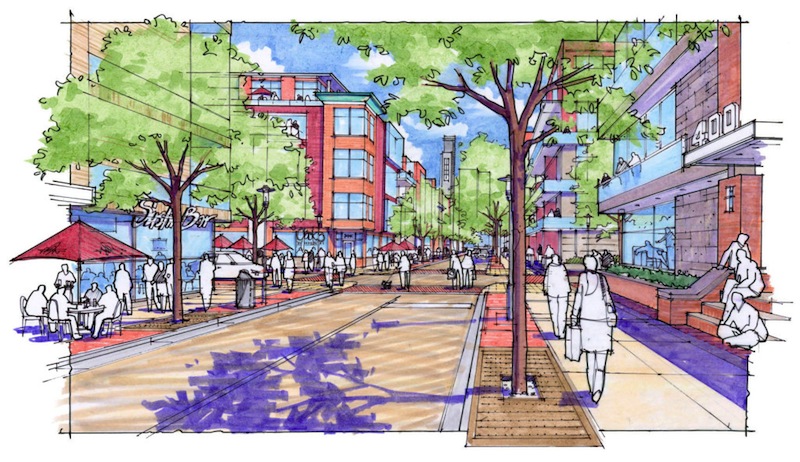 IUPUI campus master plan. Rendering: SmithGroupJJR
IUPUI campus master plan. Rendering: SmithGroupJJR
In the coming months, I will examine how urban, public universities can use their proximity to downtown as a competitive advantage. Some of the examples will include:
- Improving campus growth and the student experience at Indiana University Purdue University Indianapolis (IUPUI) in downtown Indianapolis
- Attracting new types of students through redensification and urban placemaking at the Auraria Higher Education Center in downtown Denver, Colorado
- Redefining success for the urban commuter student at Cleveland State University in downtown Cleveland, Ohio
- Leveraging public-private partnerships to improve student life at the University of Nevada Las Vegas in Las Vegas, Nevada
While their approaches are different, all of these institutions are realizing the power of integrating campus life and academic achievement within a dynamic urban environment.
About the Author: Michael Johnson, LEED AP, Urban Designer with SmithGroupJJR, likes to keep active: he bikes to the firm's office almost every day and enjoys running, cycling, skiing and hiking, with his wife. That’s a good thing, considering his career as an urban designer and landscape architect keeps him on the move, too. More on Johnson.
More from Author
SmithGroup | Oct 28, 2024
A case for mid-rise: How multifamily housing can reshape our cities
Often referred to as “five-over-ones,” the mid-rise apartment type is typically comprised of five stories of apartments on top of a concrete “podium” of ground-floor retail. The main criticism of the “five-over-one” is that they are often too predictable.
SmithGroup | Mar 28, 2023
Inclusive design requires relearning how we read space
Pulling from his experience during a campus design workshop, David Johnson, AIA, LEED AP, encourages architects to better understand how to design spaces that are inclusive for everyone.
SmithGroup | Feb 27, 2023
Surfing the Metaversity: The future of online learning?
SmithGroup's tour of the Metaversity gives us insight on bringing together physical and virtual campuses to create a cohesive institution.
SmithGroup | Nov 28, 2022
Data centers are a hot market—don't waste the heat!
SmithGroup's Brian Rener shares a few ways to integrate data centers in mixed-use sites, utilizing waste heat to optimize the energy demands of the buildings.
SmithGroup | Aug 3, 2022
Designing learning environments to support the future of equitable health care
While the shortage of rural health care practitioners was a concern before the COVID-19 pandemic, the public health crisis has highlighted the importance of health equity in the United States and the desperate need for practitioners help meet the needs of patients in vulnerable rural communities.
SmithGroup | Aug 10, 2021
Retail reset: The future of shopping malls
Developers and design partners are coming together to reimagine how malls can create a new generation of mixed-use opportunities.
SmithGroup | May 17, 2021
Future pandemic preparedness at the medical district scale
The current COVID-19 pandemic highlights the concern that we will see more emergency events in the coming years.
SmithGroup | Jan 25, 2021
Amid pandemic, college students value on-campus experience
All the students we interviewed were glad that they returned to campus in one form or another.
SmithGroup | Aug 13, 2020
Renewing the healing role of public parks
While we can’t accurately predict all the ways we will respond to the current COVID-19 pandemic, it should provide a moment of reflection as we see all too clearly the consequences of our exploitation and destruction of nature.
SmithGroup | Jul 21, 2020
How design of senior living communities must change after COVID-19
The cost of maintaining high quality of care and high quality of life for senior living communities has increased up to 73% for senior living communities that remain free of COVID-19 and up to 103% for COVID-19 positive senior living communities.

